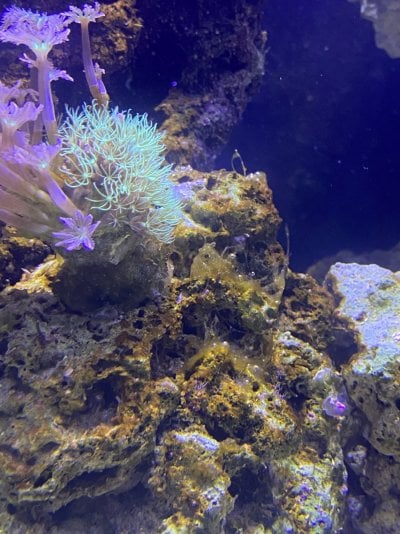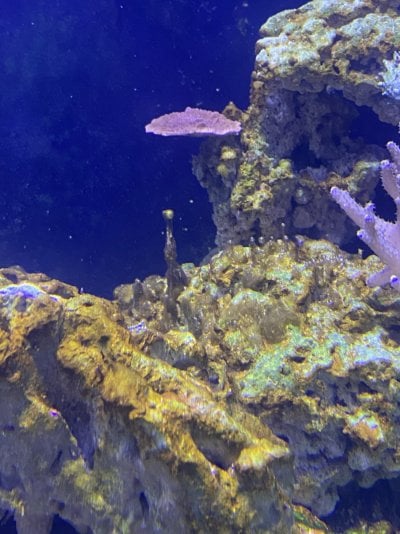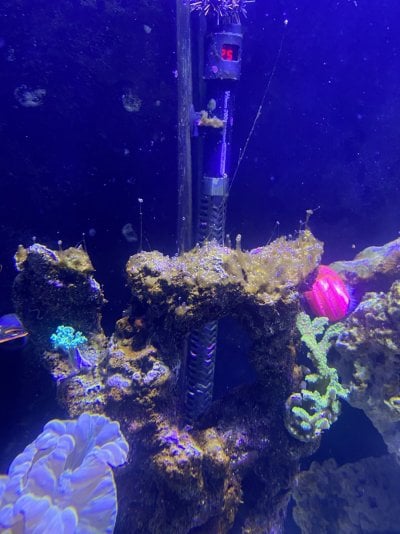I’ve noticed this type of algae that has rapidly starting to grow on the top of my rocks.
Tank is almost 6 months old.
Phosphates: 0.05
Nitrates: 5
Could I get an ID? And possibly a cause and a way to get rid.
I’m also adding a new lawnmower blenny this weekend after being quarantined for 6 weeks. Would he help me out here?
Thanks in advance for any advice



Tank is almost 6 months old.
Phosphates: 0.05
Nitrates: 5
Could I get an ID? And possibly a cause and a way to get rid.
I’m also adding a new lawnmower blenny this weekend after being quarantined for 6 weeks. Would he help me out here?
Thanks in advance for any advice


















